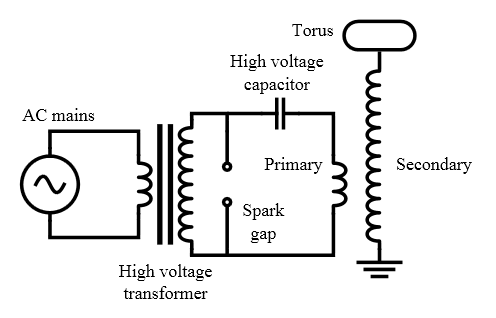At the same time that I'm building the resonating inductance coil that you can see in my other thread, I would like to open this thread because I have seen in youtube some videos about CapCoil (capacitor + coil).
I originally saw this idea while reading Smith's documents and watching Smith's videos. After some time I also watched some videos from guys in youtube that used the same approach and It seems that something works.
The number 2 is a coil and the number 20 is a metallic plate. This is from Don Smith.

This is from Vladimir Utkin:

I originally saw this idea while reading Smith's documents and watching Smith's videos. After some time I also watched some videos from guys in youtube that used the same approach and It seems that something works.
The number 2 is a coil and the number 20 is a metallic plate. This is from Don Smith.

This is from Vladimir Utkin:





Comment